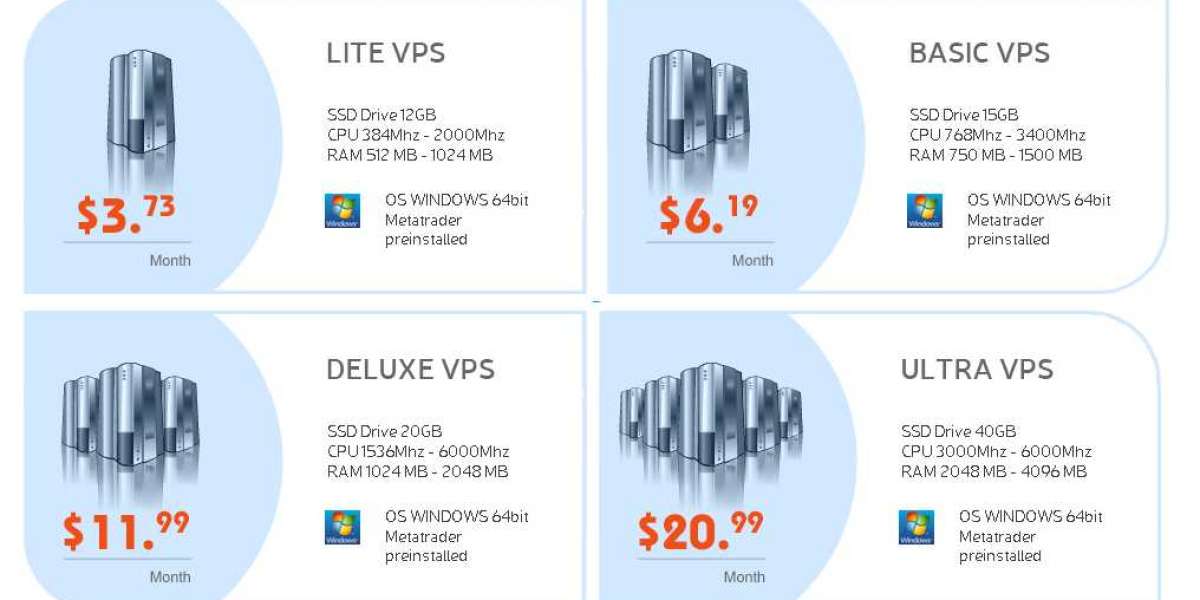First up, why do you even need a dcdc charger? Can't you just charge a battery straight from the alternator?
FACTS:
Each battery chemistry requires specific charge profiles for correct and full charge
Alternators do not provide any control over the rate of current flowing to the battery or the voltage it receives
Most alternators operate under 14V, where as AGM and Lithium batteries need 14.4-14.7V for a full charge
It will charge your battery correctly whilst also protecting your starter battery. It does this by taking power from your alternator or solar system (some both at the same time) and converting the current and voltage to the correct charge profile your battery requires.
Taking power from the alternator/solar when driving ensures that by the time you get to your camp spot, your batteries will be fully charged rather than waiting to setup camp then expecting your solar to start charging behind the 8 ball.
How to Choose a DC-DC Charger?
So you’ve decided to you need a DC-DC Charger, now you need to decide which one to get. There are a few factors that contribute to which DC-DC Charger is best suited to your battery system.
Type of Battery – To start with, the DC-DC Charger needs to be compatible with the type of battery you are charging. For example, not all chargers on the market are lithium compatible.
Size of Battery – Once you have determined your charger is compatible with your battery, you then need to choose what size charger you need. For lead-acid deep cycle batteries such as AGM or Gel, you need a charger with an Amp output of 10-20% of the battery capacity. For example, a 100Ah AGM Battery should have at least a 20Amp DC-DC Charger. For Lithium batteries, the charging output should be at least 30% of the battery capacity. So with these batteries, we would suggest a DC-DC Charger with an output of 40-50+ Amps.
Install location – Where you are going to install the charger also needs to be taken into consideration. For under bonnet applications, you need to ensure the charger is waterproof, heat resistant and dustproof. For installations in cabinets, drawers or enclosed spaces it is best to ensure the DC-DC Charger is suitable, has adequate ventilation or a fan-cooling feature to regulate the temperature of the unit.
So, we hope that has cleared some things up about DC-DC Chargers and why they are, in our opinion, essential to any auxiliary battery system.
No two set ups are the same, but the information here can be used as a guide to get you started. There is nothing like real world use to discover what you do and don't need in a set up, so before heading off on any larger trips away from power, we recommend having a test run or two closer to home.
You can always add to a set up, but making sure you have the right components to begin with ensures you will only be adding, not replacing (which can be costly).









